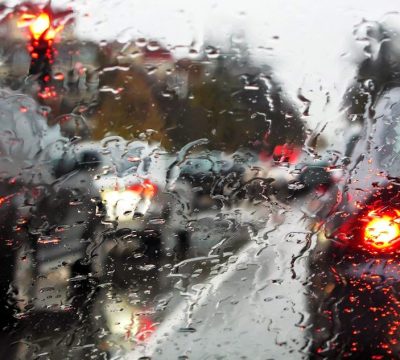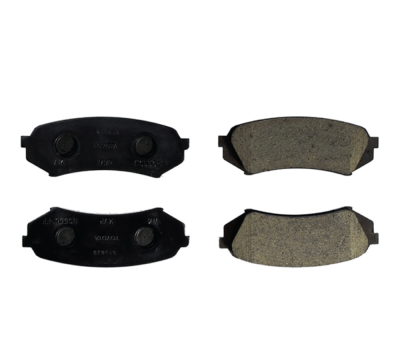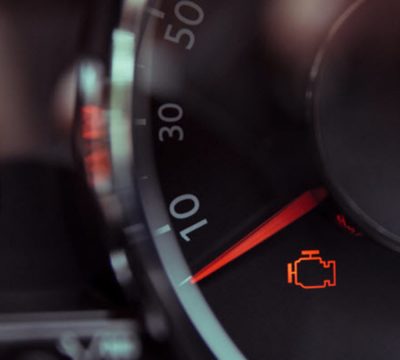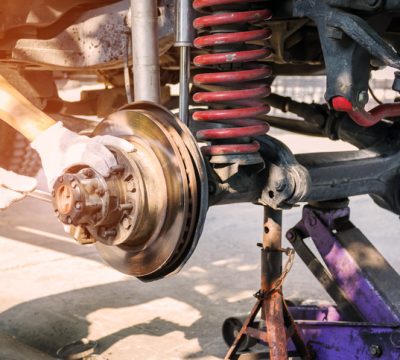Tyre maintenance tips that every car owner should follow.
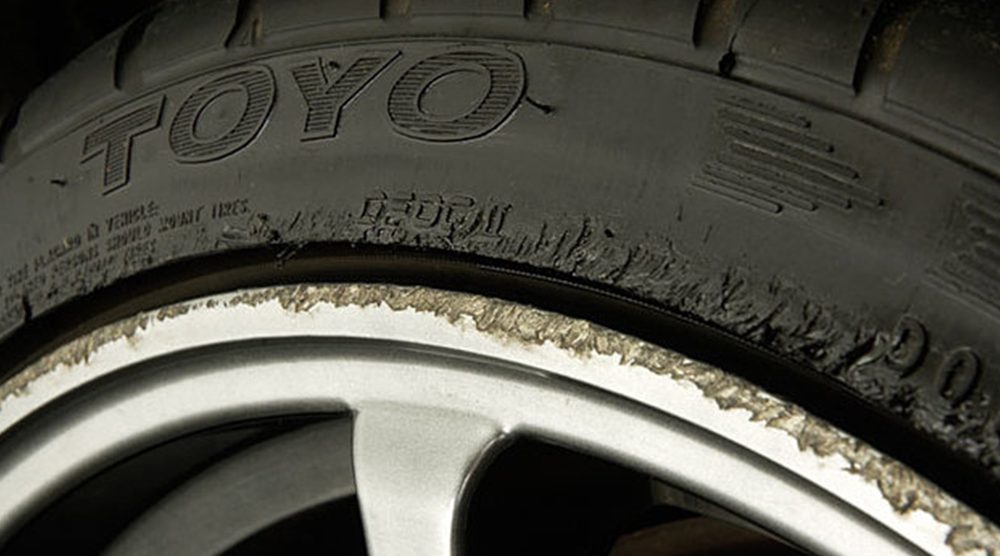
Tyre maintenance is one of the most crucial elements of vehicle maintenance and is relatively easy(problems are usually easy to diagnose since one can tell what is wrong by simply looking).
Tyre maintenance is comprised of routine inspection for tyre pressure, tread wearing and so forth. All this ensures optimum car performance, a long life for the tyres and prevents some serious accidents especially in wet conditions. Given below are a few tyre maintenance tips that every car owner should follow:
1. Tyre Rotation, Balancing and Alignment
Tyres on the front and rear are subjected to different loads and different steering and braking mechanism which leads to uneven wearing. In order to increase the tyre life and performance, you should rotate their positions at intervals recommended by the manufacturer . Tyres are rotated from front to rear and rear to front that is in a specific direction. If you’re experiencing annoying vibrations or irregular tread wear then it might be a possibility that your tyres are unbalanced. Properly balanced tyres maximize their life and prevent uneven wearing. Balancing should be checked after new tyres are installed or after a puncture is repaired. Every vehicle has a specific wheel alignment setting. If your tyre is not aligned within the specified limits then it may result in uneven handling and tread wear, also increasing fuel consumption. You should get your wheel alignment checked by a professional when experiencing unusual steering problems.
2. Checking Tyre Tread Depth
When you check for tyre pressure (ideally every month), you should also check for tread depth/wear. Tyre tread maintains proper car traction on the road. With their wear your car loses traction and is more prone to skidding and sliding in wet conditions. There are tread wear indicators which look like narrow strips of smooth rubber. Wear bars will appear on the tyre when the tread is worn down to 1.6mm and it is time that you replace your tyres.
3. Proper Inflation Pressure:
Proper air pressure maintenance provides for better mileage, performance and safety. Under-inflated tyres are the major cause for a tyre’s damage. Under-inflation creates more rolling friction which leads to heating and mechanical damage, tread wearing and thus to a shortened tyre life. Over-inflated tyres have equally adverse effects. It causes stiffness as mostly the mid part of the tyre remains in contact with the ground causing tread wear and increases the chances of impact damage. Check your car’s tyre pressure at least once in a month and before a long drive (including your spare) with a proper measuring gauge. Tyre pressure is measured in PSI (pounds per inch), and it should be measured when the tyres are cold that is when your car has been at rest for some time. Pressure should be maintained at a level recommended by the vehicle manufacturer, this alone accounts for greater durability and longer tread life.
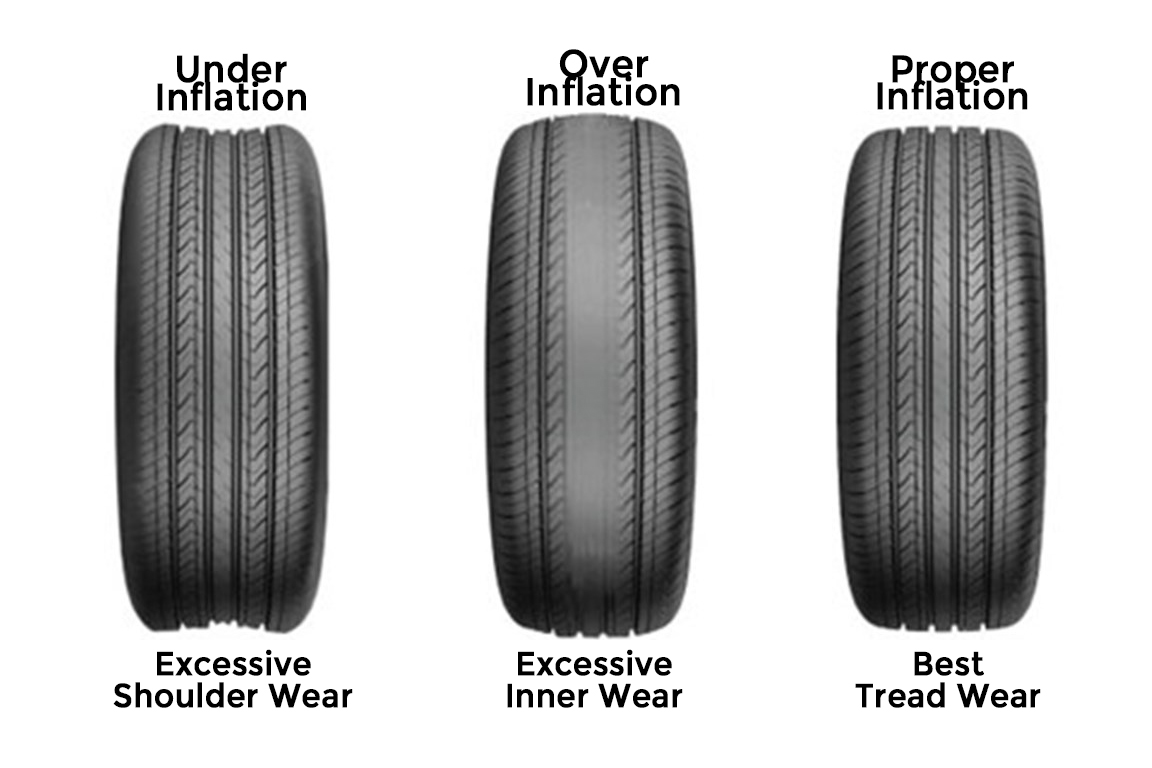
4. Driving Tips
Driving at high speeds can cause damage to your tyres due to excessive heat build-up, high speeds can also lead to tyre explosions. Also abrupt application of brakes is quite bad for your tyres, as it leads to skidding and tread wear. Driving at a constant speed and avoiding excessive use of brakes increases tyre’s life. Do not excessively spin your tyres when stuck in ice, water logging, mud or sand. The centrifugal forces due to free spinning can result in tyre explosion and other damages. Use forward/ backward motion to set your vehicle free.
5. Vehicle’s Load Limit
Every vehicle has its own limit which can be checked from the manual. Overloading your vehicle increases load on your tyres and other vehicle component, which may cause poor handling, increased fuel consumption and damage to your tyres. Also, when purchasing new tyres it should be ensured that they have the load index as specified by the manufacturer. Apart from the above mentioned points, you should store your tyres in a cold, dry place and never let water accumulate in them. Follow these steps and inspect the spare tyre as well. You’ll be glad that you did it when in need.
Taking care of small things is what matters the most, after all it is your life (and that of others) which depends on the proper maintenance of your vehicle.



